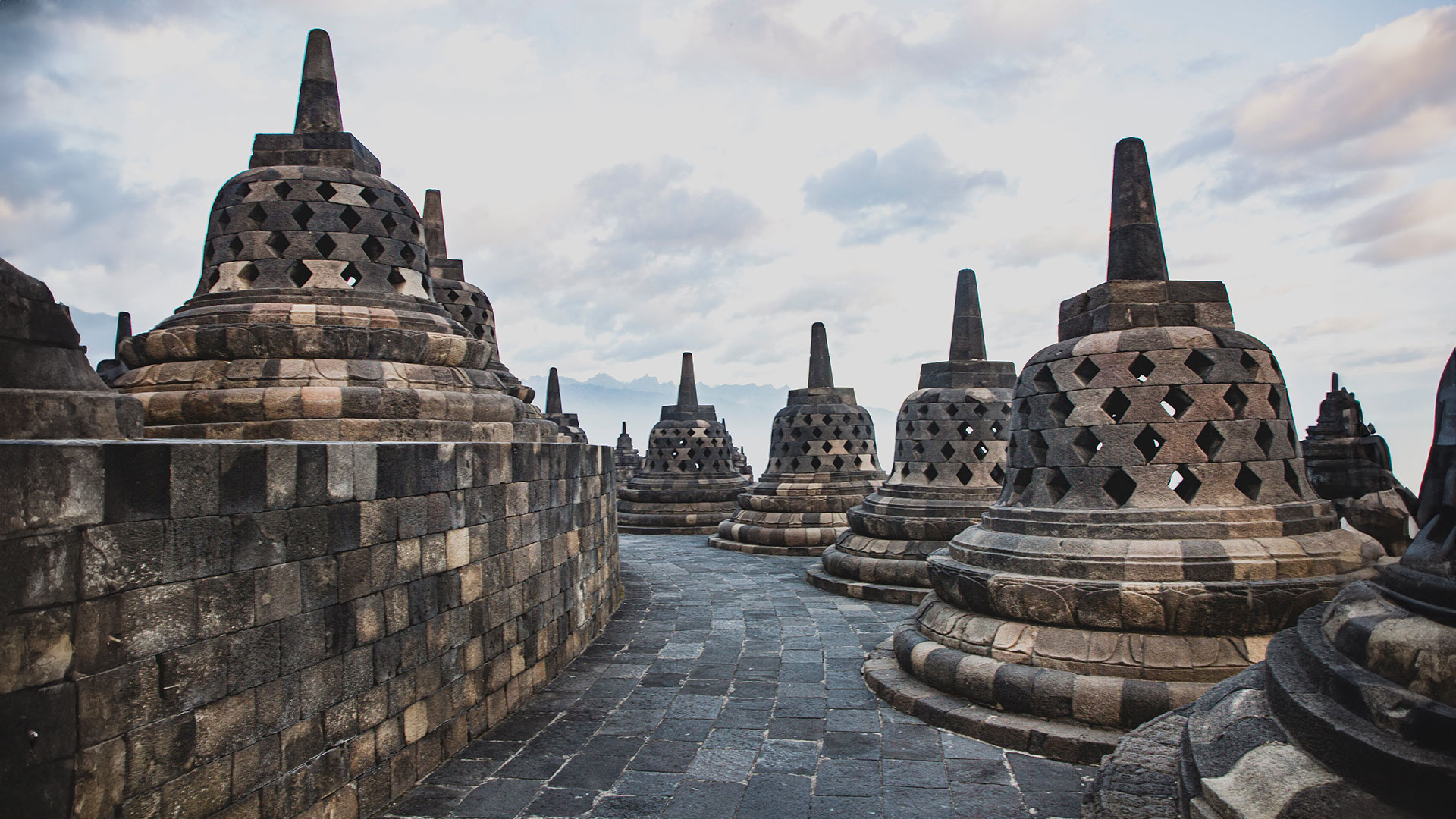
Javanese Joy: From Jakarta to the temple to the sea, the world’s most populous island draws visitors galore
Indonesia is a sprawling archipelago with literally thousands of isles, but the main focal point of this nation of almost 280 million inhabitants is the elongated island of Java. Housing 150 million of the total population, it is its beating heart and has a great deal to offer the visitor, as much can be experienced even during a short stay.
Jostling Jakarta
Most visits start with a stay in the nation’s capital – the huge conurbation of Jakarta on Java’s northwest tip with a population of around 11 million. Though it has become known as the capital of logjams, traffic congestion notwithstanding there is plenty to do and see. There are a slew of great museums, superb buildings of great architectural heritage emanating from the Dutch colonial period, a lovely old harbour to stroll around, great shopping, antique and craft shops and world-class nightlife.
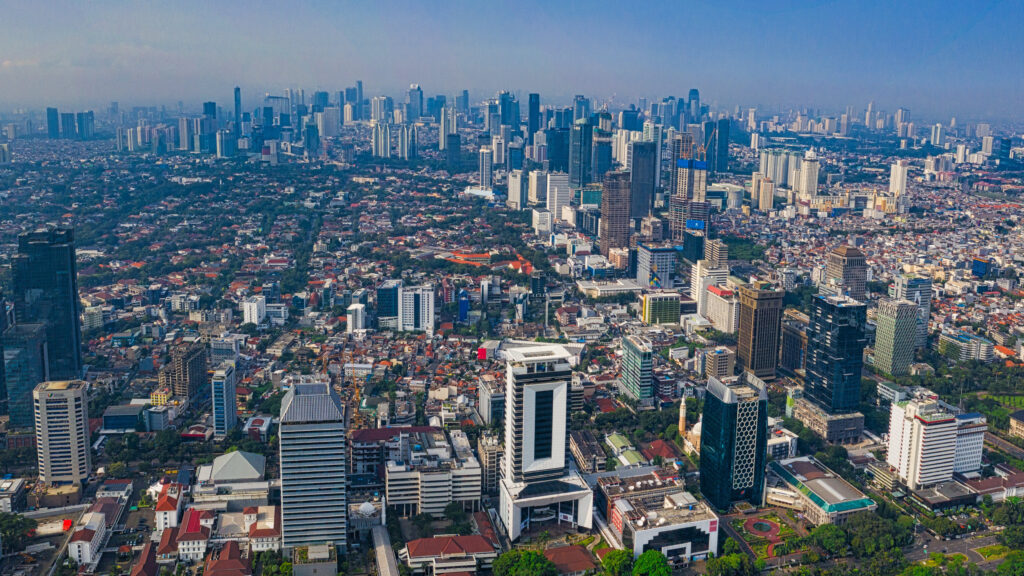
A must-see is Fatahillah Square in the Old Town – here the enchanted visitor can admire historic buildings in the Dutch architectural style. Some have been converted into museums, such as the neoclassical town hall built in 1712, now the Jakarta History Museum. Guarded by magnificent cannons, its interior is packed with treasures, while outside in the garden stands a statue of Hermes to protect traders of yore.
Other buildings around the square include the Museum of Fine Art and Ceramics (Museum Seni Rupa dan Keramik), with its superb collection of rare porcelains and art gallery, the Shadow Puppet Museum (Museum Wayang), housing a plethora of puppets and masks, and the architectural splendour of Red House (Toko Merah), a Dutch colonial landmark dating back to 1730. Street performers in the square entertain amused onlookers during weekends and add vibrancy to the area.
Freedom and beyond
To gain a panoramic view of the capital take a ride up the 132-metre-high obelisk called Monas (National Monument) to the observation deck. Located in Merdeka (Freedom) Square, a wonderful green space in the heart of the city, this perch is awe-inspiring. All the way down in the basement, exhibits tell the story of Jakarta’s fight for independence from the Dutch.
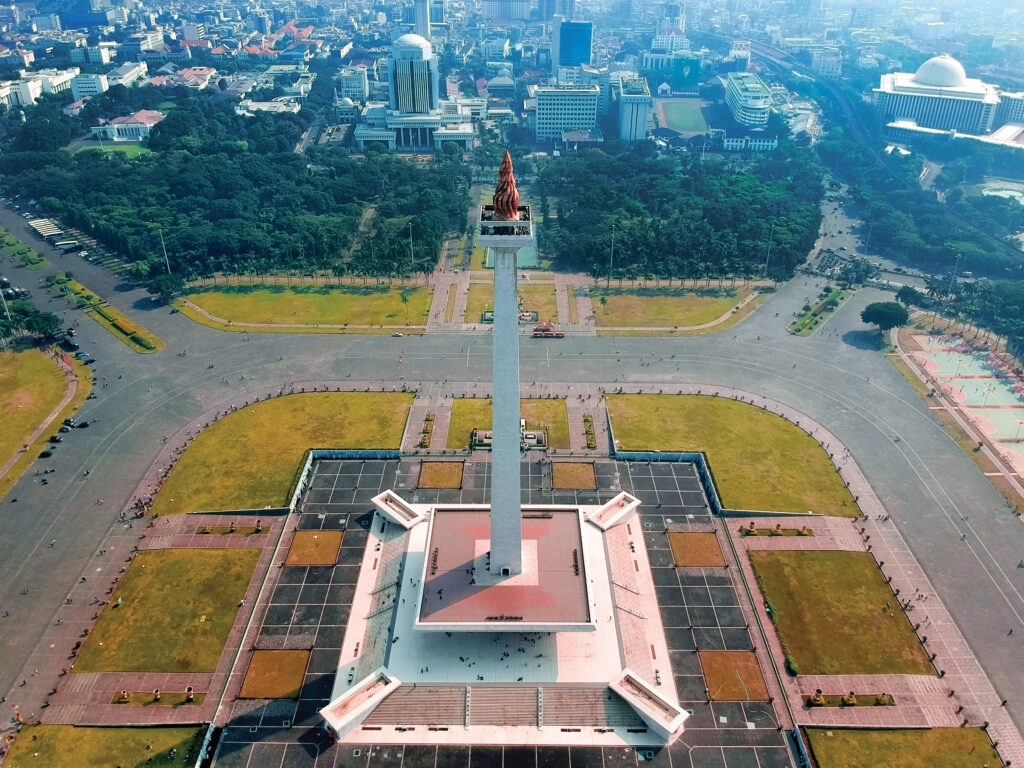
Dotted around the square and well worth a visit are the National Museum of Indonesia, one of the country’s oldest museums, crammed with magnificent exhibits; the Merdeka Palace, the official residence of the country’s president and open at weekends for guided tours, and the neighbouring State Palace, which is used for formal diplomatic occasions. The enormous marble Istiqlal Mosque, the largest in Southeast Asia, and the splendid Jakarta Catholic Cathedral adjoin the square.
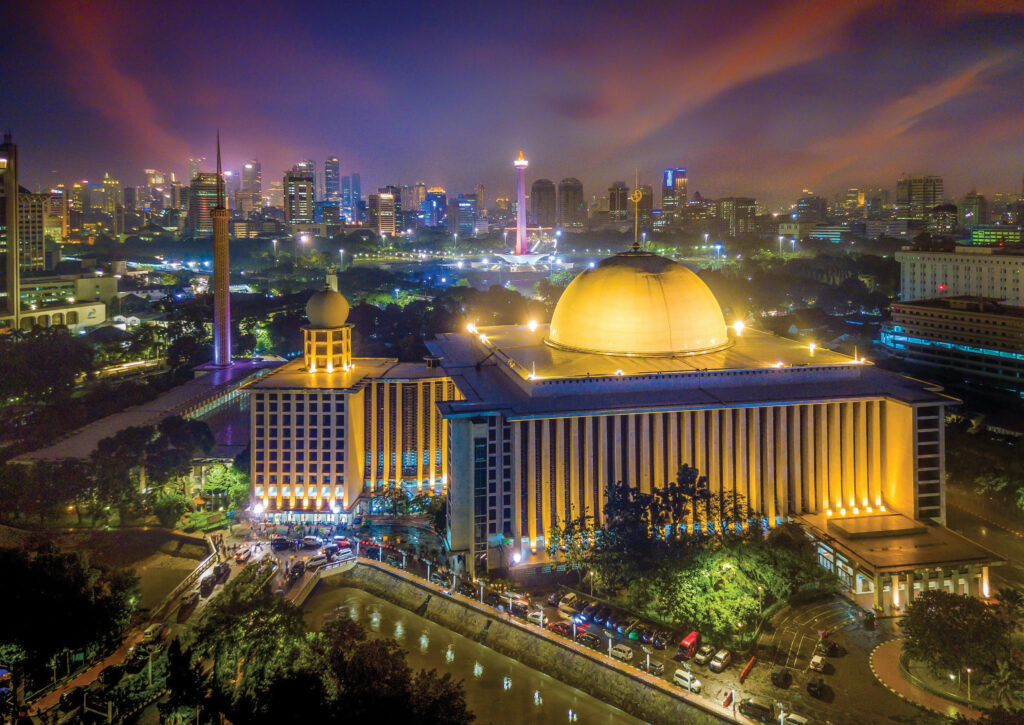
Jakarta life began with spice traders at Sunda Kelapa Harbour and a morning stroll along the two- kilometre wharf is an excellent way to soak up the early beginnings of this great city. Boat tours of the harbour are available, and many traditional wooden boats are still moored here, though they are now often motorised. Further along the waterfront lies a cluster of beachfront hotels, restaurants and the Taman Impian Jaya Ancol theme park.
Shop and dine
The capital of Indonesia boasts some superb shopping experiences with Grand Indonesia and Plaza Indonesia considered two of the best malls. Here you will find an extensive range of eateries and culinary delights to satisfy most tastes. The five-star Grand Hyatt, adjacent to Plaza Indonesia, is an ideal spot for afternoon tea and absorbing superb city views through the huge bay windows. Pacific Place Mall is another great place for relaxing, trying local and international restaurants and browsing luxury shops.
Many fine restaurants are spread throughout the city. Table8 in Hotel Mulia is very popular, serving Cantonese and Sichuan dishes, street food and tea from different regions of China. The Ritz-Carlton’s restaurant, Pasola, is also a good choice.
Thousand surprises
A great way to unwind from the hustle and bustle of Jakarta is to take a day trip to the islands just off the north coast. Known as Kepulauan Seribu (Thousand Islands), they variously offer ruins of an old Dutch fort or beautiful bird sanctuaries. Some of the outer-lying isles are more developed with hotel complexes offering activities such as scuba diving, snorkelling, swimming and fishing.
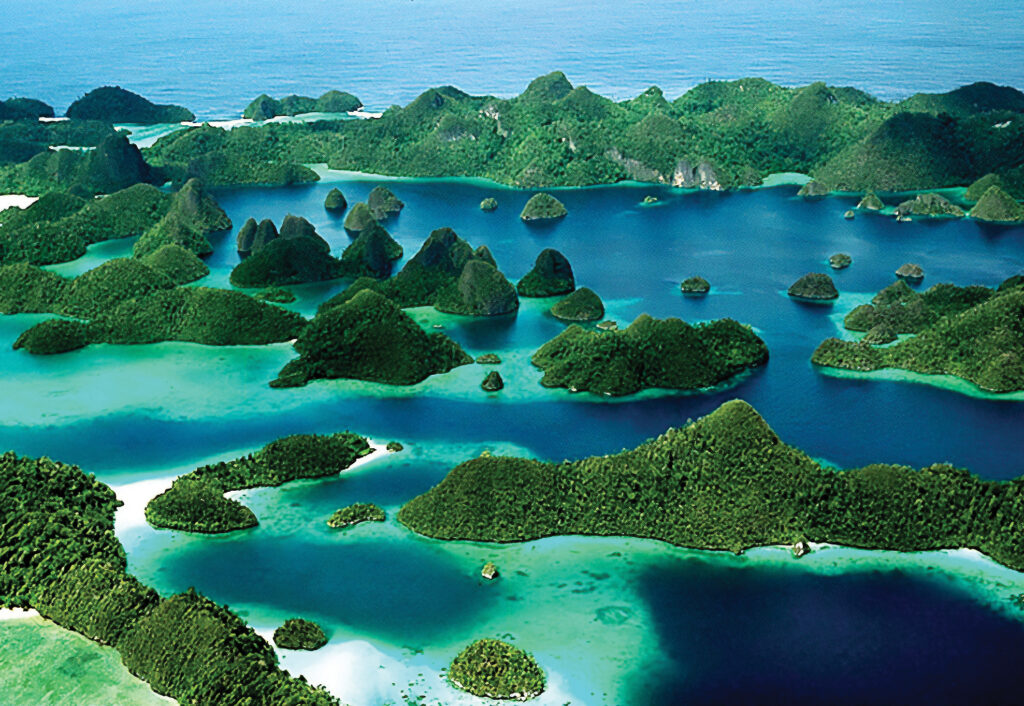
Another great escape is Puncak Pass where wonderful cool highlands overlook the capital. Visitors can drive through a safari park of free-range exotic wildlife, or take an enlightening tour and horseback rides at Gunung Mas tea plantation. A road trip to the high- altitude Cibodas Botanical Garden affords amazing views of surrounding volcanoes. Cibodas is also home to one of the country’s five presidential palaces – the majestic Istana Cipanas, which is usually open to the public.
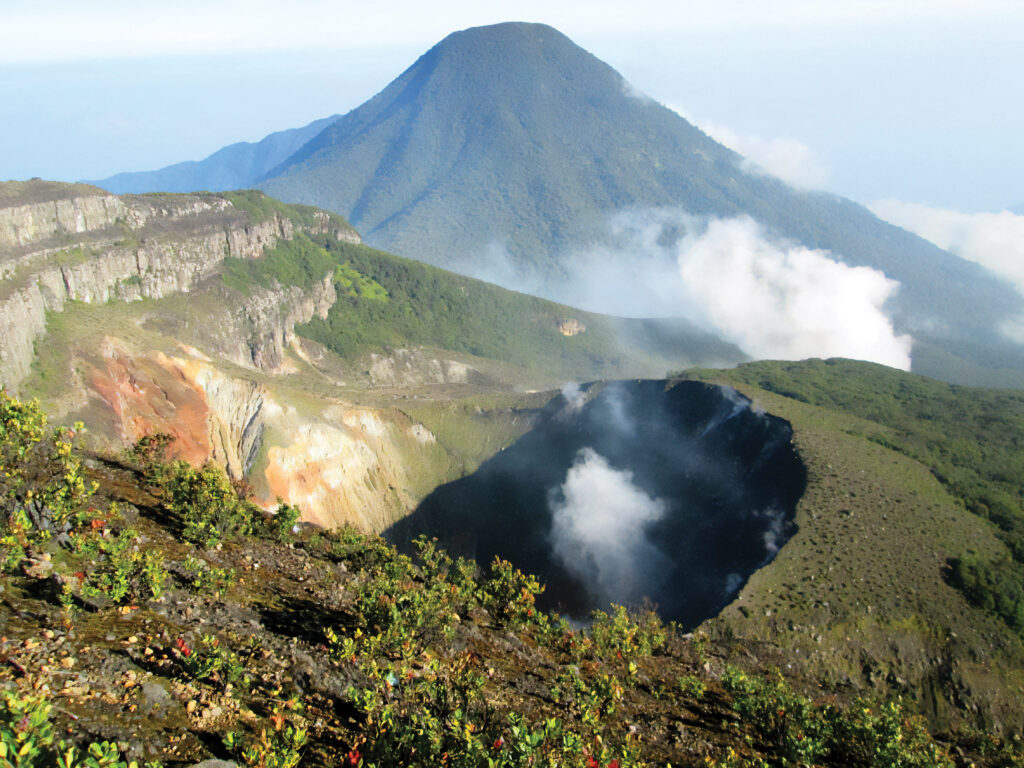
Mount Gede Pangrango National Park, a UNESCO biosphere reserve, is situated nearby and has plentiful fauna; a trek to Cibeureum Waterfall to visit the hot springs is not to be missed. Hiking and canopy trails can be explored at Bodogol, a scenic 90-minute drive across the mountain range.
Temple heaven
Many travellers to Indonesia head for the cultural majesty of Yogyakarta in southern Central Java – most notably the attractions of the Royal Palace (Keraton) and Borobudur Temple.
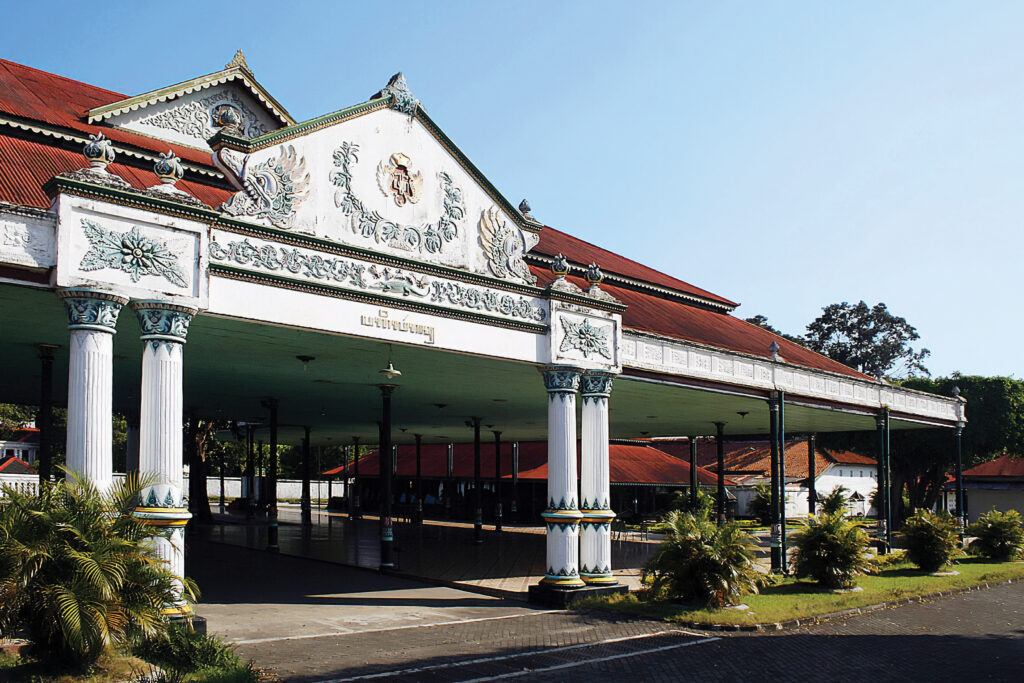
Home to the reigning sultan, the Royal Palace was built in the 18th century for the first Sultan of Yogyakarta and is a fine example of traditional Javanese palace and court architecture. The layout of this magical compound follows the ancient Hindu- Javanese concepts of the cosmos, and the complexities of how Keraton is harmonised with divine forces are best comprehended via a guided tour, possibly with a descendant of the royal court or a servant. Dance performances form a feature of the compound, while a museum houses royal regalia and sacred objects.
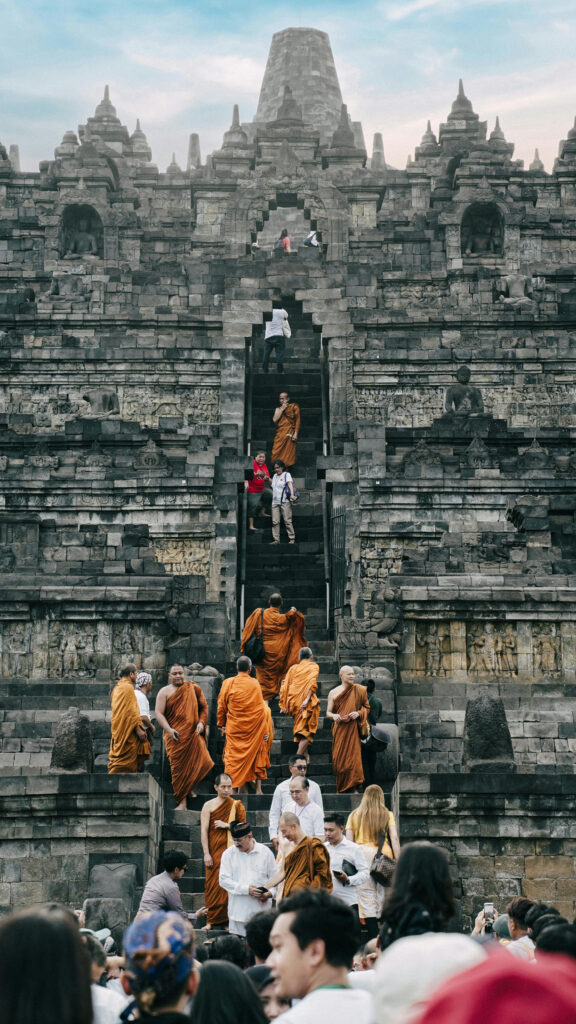
Borobudur, the world’s largest Buddhist temple, is a magnificent Unesco World Heritage site constructed more than 1,100 years ago. It is a site of supreme spiritual importance and again, a local guide will ensure a clearer understanding of its true significance. Amazingly, more than 2,600 intricately carved bas- reliefs provide decoration along the monument’s nine stacked platforms.

After exploring the ancient splendours of Yogyakarta and its vicinity, local specialities like ayam goreng (fried chicken) and gudeg (jackfruit stew) will revive flagging energy levels.
Volcanic spectacle
Java is also an island of volcanic might. Spectacular moonscapes can be observed atop the huge volcanic crater at Mount Bromo in East Java. For the most memorable view of this ancient caldera, take an early morning hike to the crater’s edge and stare into the mountain’s sulphur-belching hole. The whole of the Tengger highlands holds great spiritual significance for the local Hindu community. Near the village of Sapih is the enchanting natural grandeur of Madakaripura Waterfall, thought to be the final meditation place of an ancient warrior.
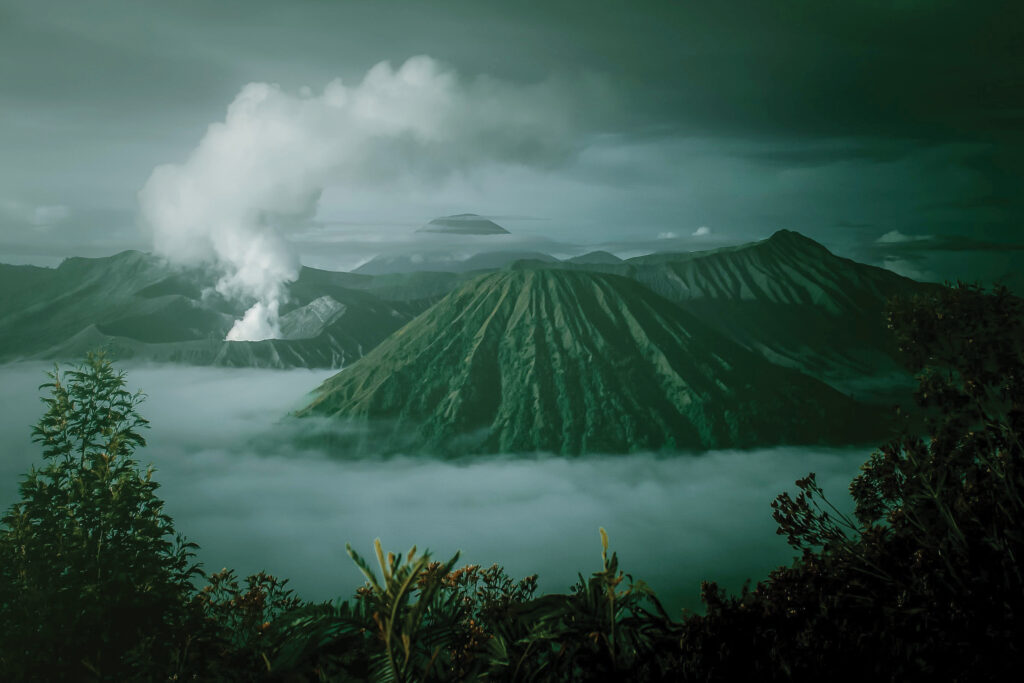
Off the west coast of Java lies Anak Krakatau (Child of Krakatau). The island, which was formed in 1927 during further volcanic activity 44 years after the devastating eruption of Krakatau – one of the largest volcanic eruptions ever recorded – can be accessed by boat from Carita, 150 kilometres west of Jakarta.







